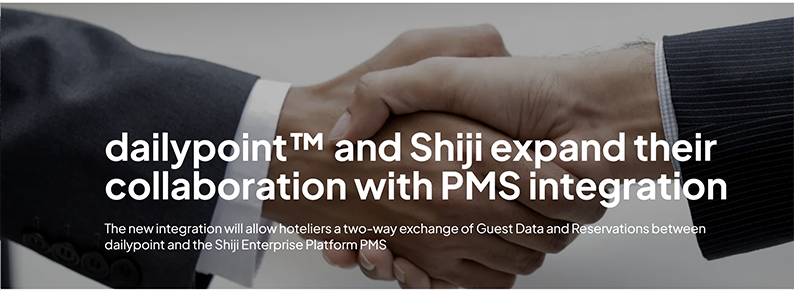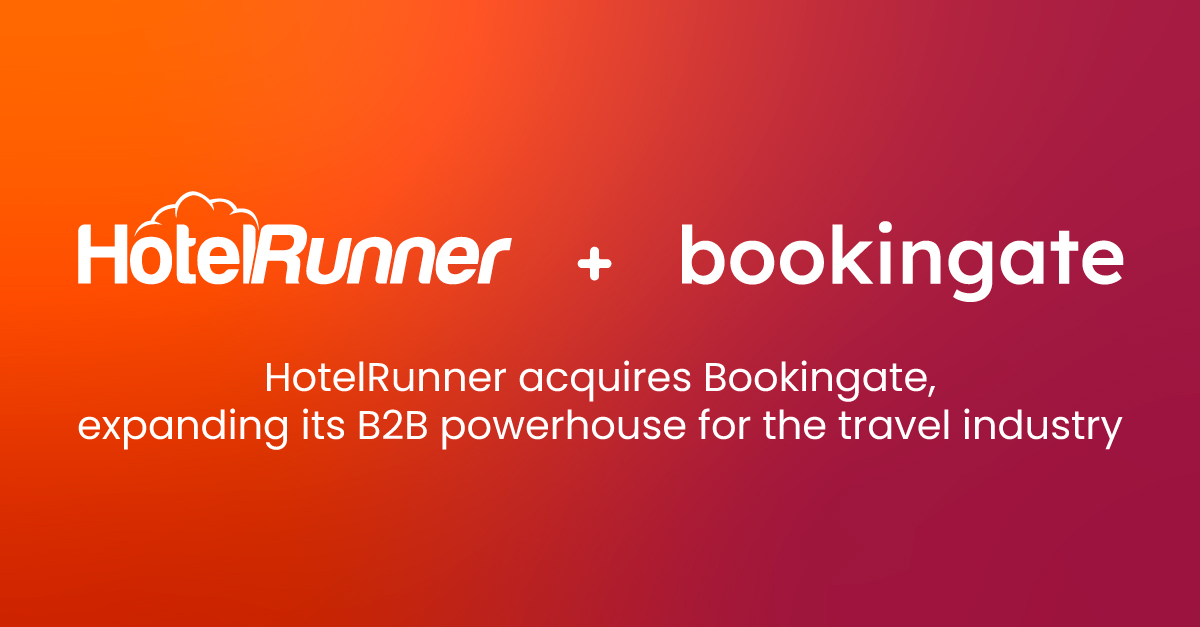

The world of card payments can be confusing due to the overlap and complexity of specific terms. Two commonly misunderstood terms are ‘payment processor’ and ‘payment gateway’. These fall into the mysterious realm of payments, situated between when a customer makes a payment and when the money lands in the business’s bank account.
In This Article, You Will Learn About:
What is a payment processor?
The difference between a payment gateway and a payment processor
How payment processing works as a whole
Where does Adyen fit in?
What is a Payment Processor?
A payment processor is a company that handles payment transactions on behalf of a business’s bank. Operating behind the scenes, it ensures that processed payments adhere to the regulations and standards of the business's country. Once it receives payment details from a payment gateway, the payment processor communicates with the payment network to authorize and complete the transaction.
The Difference Between a Payment Gateway and a Payment Processor
A payment gateway helps businesses initiate payments, while a payment processor manages the technical aspects of payment processing for the acquiring bank. Typically, these are separate systems. However, combining them can enhance efficiency, reliability, and speed up innovation in the payment process.
How Payment Processing Works
Payment processing is swift, usually completed within seconds, but involves several critical steps:
Initiation: The business sends the customer’s payment information (e.g., card details) to the payment gateway.
Transformation: The payment gateway converts this information according to proprietary standards and forwards it to the local payment processor.
Authorization: The payment processor relays the information to the card payment network, which then communicates with the customer's bank to verify funds.
Approval or Decline: Based on the bank's checks, it sends an approval or decline message through the card network back to the payment processor.
Completion: The processor conveys this message to the payment gateway, which informs both the business and the customer to finalize the transaction.
Fund Transfer: Funds are transferred from the customer’s bank account to the acquiring bank and then to the business’s bank account, usually by the end of the day.
Where Does Adyen Fit In?
Adyen simplifies and enhances both online and in-person payments by consolidating the roles of a payment gateway, payment processor, and acquiring bank into one platform. This integration streamlines payment management with a single contract and point of contact, optimizing business performance. Adyen’s direct connections to global and local card networks leverage market conditions to boost authorization rates and reduce transaction fees.
Explore Adyen’s payment-related services and features, such as:
Access to all relevant payment methods globally
Donations through Adyen Impact
Opening the black box of payments
Now you have a better understanding of the payment processing flow and how funds move from your customer’s account to your business bank account. Here is a summary of the most important takeaways:
Payment gateway: the party that initiates a payment
Payment processor: the party behind the gateway that connects to various card networks
Acquiring bank: the party that settles the money to the business’s bank account
Want to learn more? Get in touch here.







